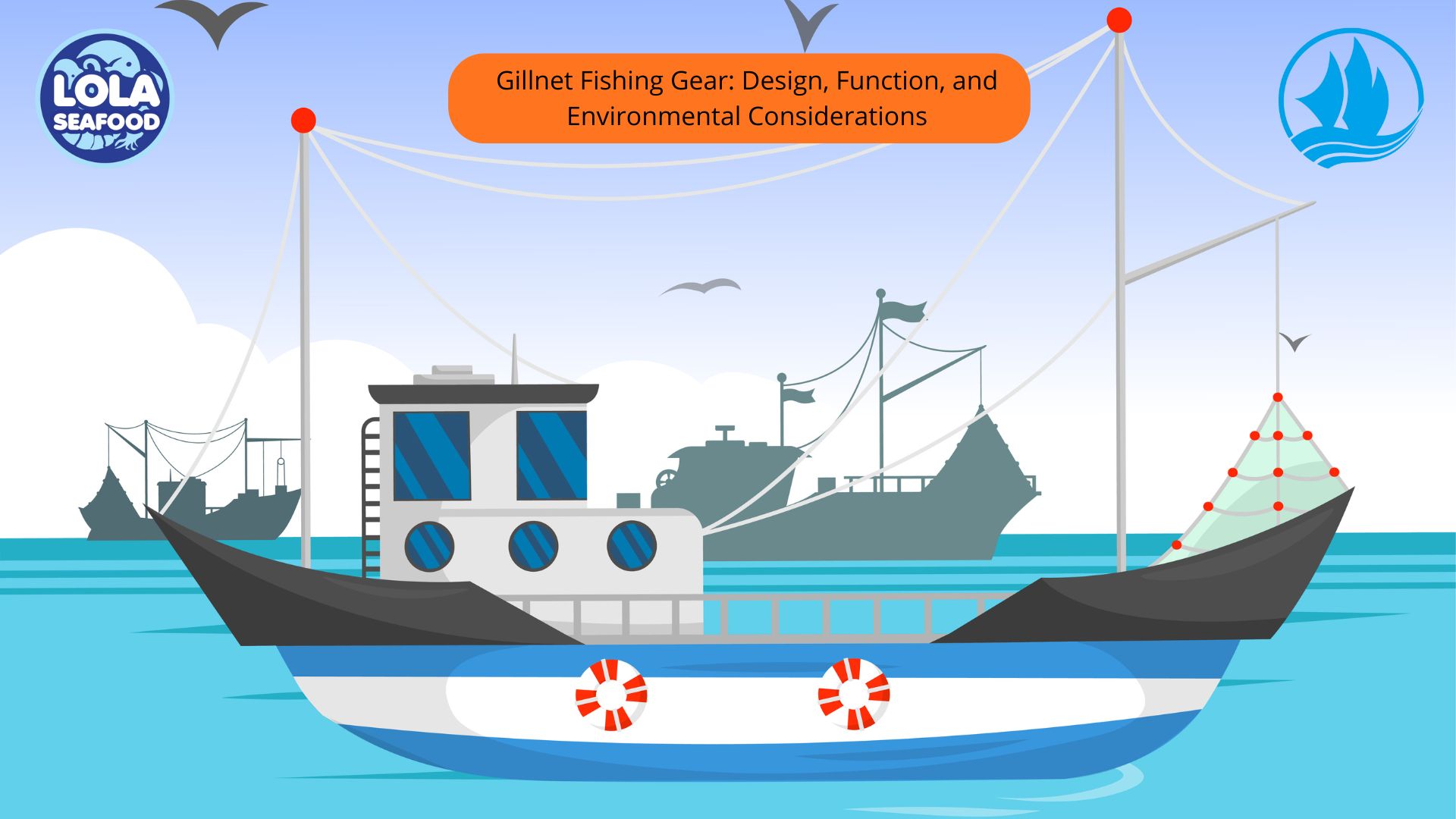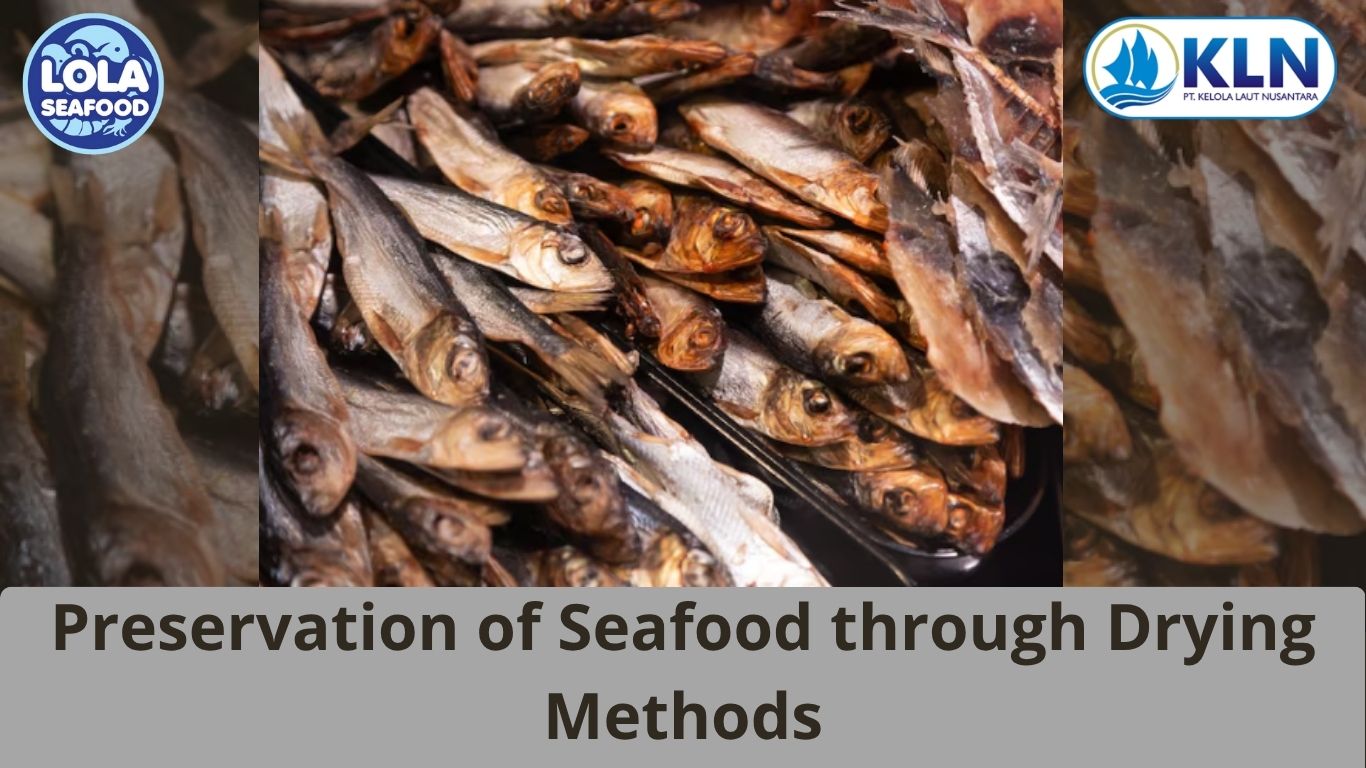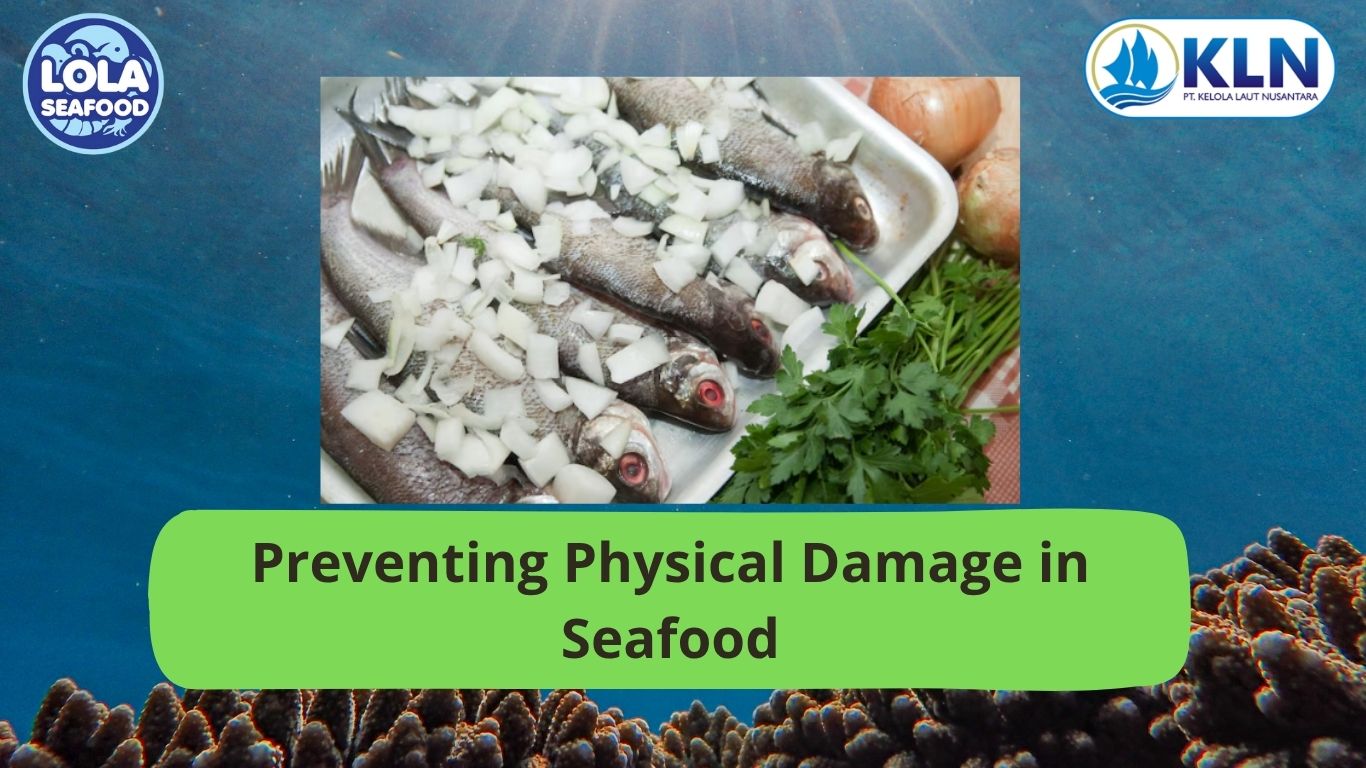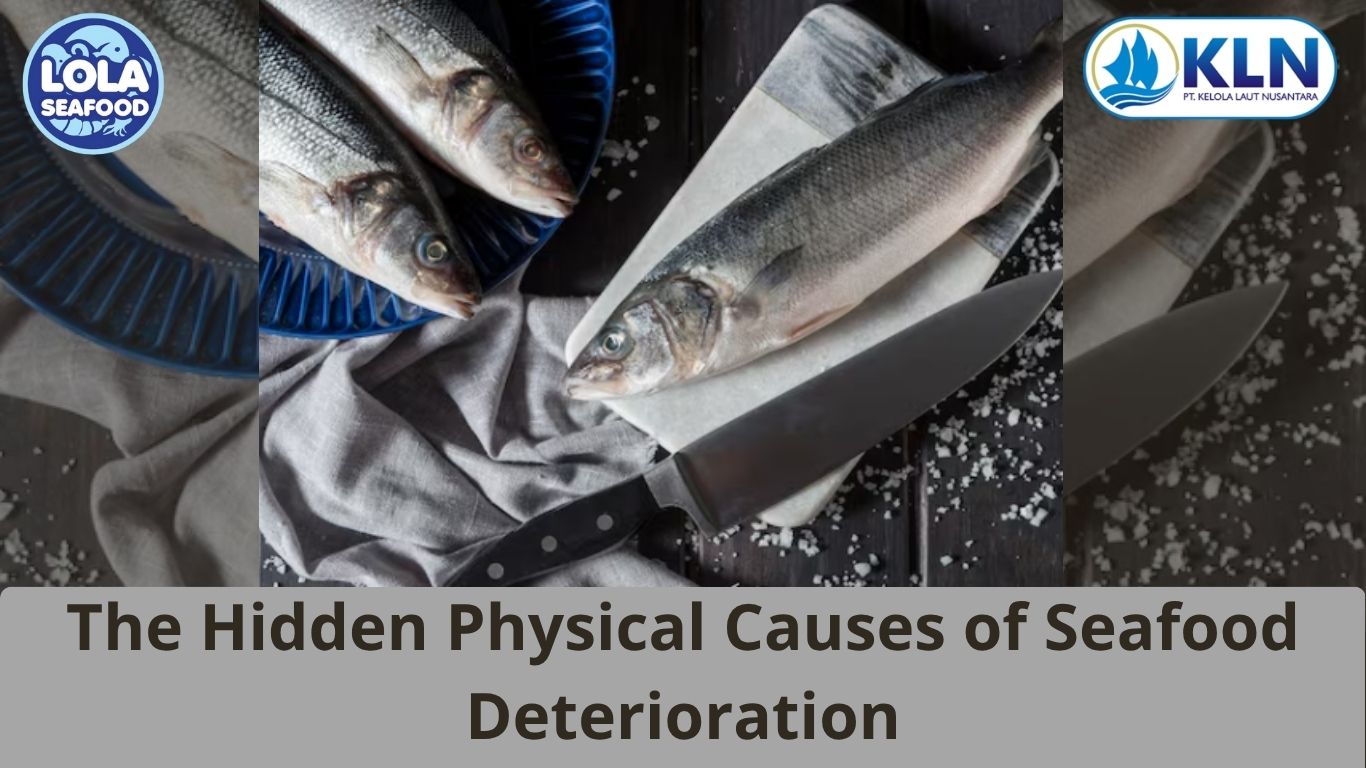Understanding Seafood Safety — From Ocean to Table
By. Ely Kusniawati - 30 Oct 2025.jpg)
Kelolalaut.com Seafood is among the world’s most nutritious and widely consumed foods, but it is also one of the most perishable. From the moment fish are caught or harvested, careful handling is essential to ensure safety and preserve quality. Understanding seafood safety requires examining each stage of the journey—harvesting, processing, transportation, and preparation—because hazards can occur anywhere along the chain.
1. The Journey Begins: Harvesting and Handling at Sea
The safety of seafood starts with how it is caught or farmed. Wild-caught fish are harvested from oceans, rivers, or lakes that must meet environmental standards. Polluted waters can expose seafood to pathogens or chemical contaminants, including mercury and microplastics. Responsible fisheries monitor water quality and ensure that fish are quickly chilled after being caught. On fishing vessels, maintaining a cold chain—usually close to 0°C—is crucial to slow bacterial growth.
Aquaculture, or fish farming, now supplies more than half of global seafood. Modern farms are designed to minimize disease outbreaks through water filtration, feed control, and veterinary oversight. However, poor aquaculture practices can lead to contamination with antibiotics or parasites, underscoring the importance of certification systems such as those from the Global Aquaculture Alliance or the Aquaculture Stewardship Council.
2. Processing and Storage: Maintaining the Cold Chain
After harvest, seafood moves to processing plants where it is cleaned, filleted, and packaged. Each step must comply with strict hygiene standards. The Hazard Analysis and Critical Control Points (HACCP) system, mandated in many countries, helps processors identify and control safety risks such as bacterial contamination, temperature abuse, or cross-contamination with allergens.
Temperature control remains the single most important factor in seafood safety. If fish are allowed to warm above 4°C, bacteria such as Vibrio or Listeria monocytogenes can multiply rapidly. Freezing at -18°C or below can inactivate most parasites, making it a vital step for products like sushi-grade fish.
3. Transportation and Retail: Safeguarding the Supply Chain
Seafood travels long distances, often crossing international borders. Every point of the supply chain must maintain traceability—knowing where the product came from, when it was harvested, and how it has been stored. The use of data loggers and temperature sensors in refrigerated containers ensures that cold chain integrity is preserved.
Retailers also have a responsibility to display seafood safely. Fish should be stored on ice, separated from raw meats, and regularly inspected for spoilage. Consumers can judge freshness by appearance: clear eyes, firm flesh, and a mild ocean scent are signs of good quality.
4. Consumer Awareness: The Final Link
Even perfectly handled seafood can become unsafe if mishandled at home. Consumers should refrigerate seafood within two hours of purchase and cook it to safe internal temperatures—145°F (63°C) for most fish. Leftovers should be consumed within one to two days.
5. Global Efforts to Keep Seafood Safe
Governments and international agencies such as the FAO and WHO collaborate to harmonize seafood safety standards. Many countries require testing for contaminants like mercury, dioxins, and histamine. Public awareness campaigns emphasize that safe seafood handling benefits both personal health and the sustainability of marine resources.
If youre interested in our Giant Trevalley Fillet Skin On and Giant Trevalley Whole Round please do not hesitate to contact us through email and/or Whatsapp
.jpg)






